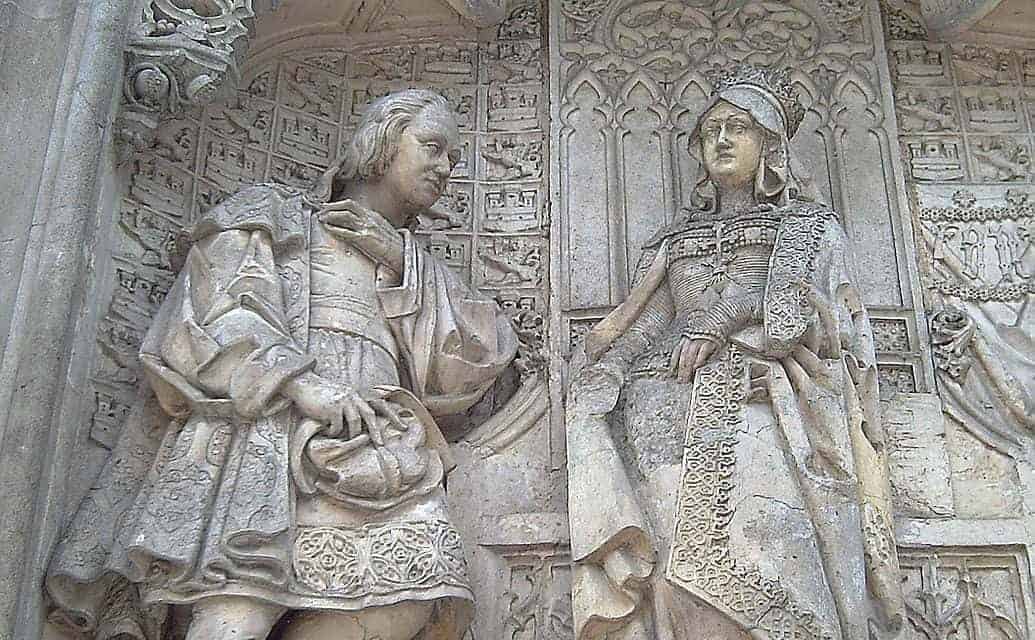On this Day in History, the Italian mariner Christopher Columbus sets sail with three ships—the Santa Maria, the Pinta, and the Nina. He was about to set out on a journey to find a new route to the east. Columbus wanted to find the sea route to Japan and China and to find the fabled riches of Asia.
Columbus had received permission and finance for his expedition from the King and Queen of Spain. He was a brilliant navigator and his study of maps and geography had convinced him that the world was round and that he could reach Asia by traveling west via the Atlantic.
This was a dangerous idea at the time as the Church taught that the world was flat and that anyone who spoke otherwise was a heretic. Columbus could have been arrested by the Inquisition and burned at the stake for his views.

Columbus had tried to persuade the monarchs of Europe to back his plan but no-one was interested. He had left his native Genoa many years previously in order to fulfill his dreams of exploration and discovery. Only the Spanish showed any interest and Queen Isabella and King Ferdinand, co-rulers of Spain only gave Columbus limited support.
After some months at sea, the expedition sighted land, an island in the Bahamas. They went ashore with a cross and claimed the island for Spain. Columbus later sighted Cuba. He had discovered a new continent but he believed that he was in Asia. For example, he mistook Cuba for one of the Japanese islands.
The explorer returned to Spain with gold, spices, and natives in 1493 and was received with by the King and Queen, who gave him great honors and ennobled him. Columbus was the first European to explore the Americas since the Vikings visited modern day Canada in the 10th century.

Columbus led a total of four expeditions to the New World, discovering various territories and islands. He was the first to discover the South American mainland. However, he did not believe that he had discovered a new continent and believed that he was in Asia. Columbus was a controversial character and at one time he was even sent back to Spain in chains. Columbus died in Spain in 1506, in poverty and ignored by the Spanish king. He did not realize the extent of his discoveries. He had discovered a New World and he had changed human history. Columbus expeditions and discoveries allowed Spain to become a great power in the following centuries as they established an empire in the lands and islands that he discovered.

